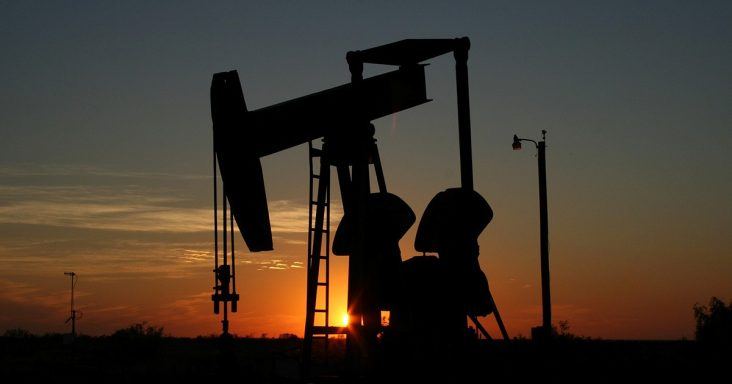Iran sanctions create uncertainty in crude oil price forecast
by October 24, 2018 4:41 pm 230 views

The spot price of Brent crude oil is expected to rise 2.5% to $81 per barrel in the fourth quarter of 2018, but how the international benchmark price will be impacted is uncertain after the United States withdrew from the Joint Comprehensive Plan of Action, re-imposed sanctions on Iran and a possible response from members of the Organization of Petroleum Exporting Countries (OPEC), according to the U.S. Energy Information Administration.
The rise to $81 per barrel in the fourth quarter is a result of the recently rising price and the possibility the prices could remain higher as the market awaits the impact of the sanctions. West Texas Intermediate prices are expected to rise at a slower rate, leading to a price spread of $9 per barrel in October between the two crude oil spot prices. The price gap is expected to narrow to $4 per barrel by December 2019.
In May, the United States announced it would withdraw from the Joint Comprehensive Plan of Action and reestablish sanctions, and on Nov. 4, the second of two wind-down periods will end and includes measures targeting Iran’s energy sector. The effects of the sanctions are expected to increase in the first few months of implementation, and in 2019, Iran’s average crude oil production is projected to decline by 1 million barrels per day from its April level of 3.8 million barrels per day.
The new sanctions also are expected to impact Iran’s condensate production. In 2017, net oil export revenue, which includes crude oil and condensate exports, was about $55 billion. How the sanctions will impact Iran will vary depending on how much crude oil and condensate comes of the market and the response from the OPEC members and other counties, and this should to come to light following the full implementation of sanctions in November, according to the EIA.
In 2019, OPEC spare production capacity is expected to fall to 1.3 million barrels per day, from 1.6 million barrels per day in 2018. In 2017, spare production capacity was 2.1 million barrels per day. The 10-year average level of production was 2.3 million barrels per day. The low amount of spare capacity comes at a time when Iran and Venezuela are expected to have production declines.
Higher crude oil prices at the end of 2018 and in 2019 should lead to increased crude oil production globally. In 2019, U.S. crude oil production is expected to rise by 1 million barrels per day. Total global inventories of liquid fuels is projected to fall by 200,000 barrels per day in 2018, and rise by 280,000 barrels per day in 2019.
